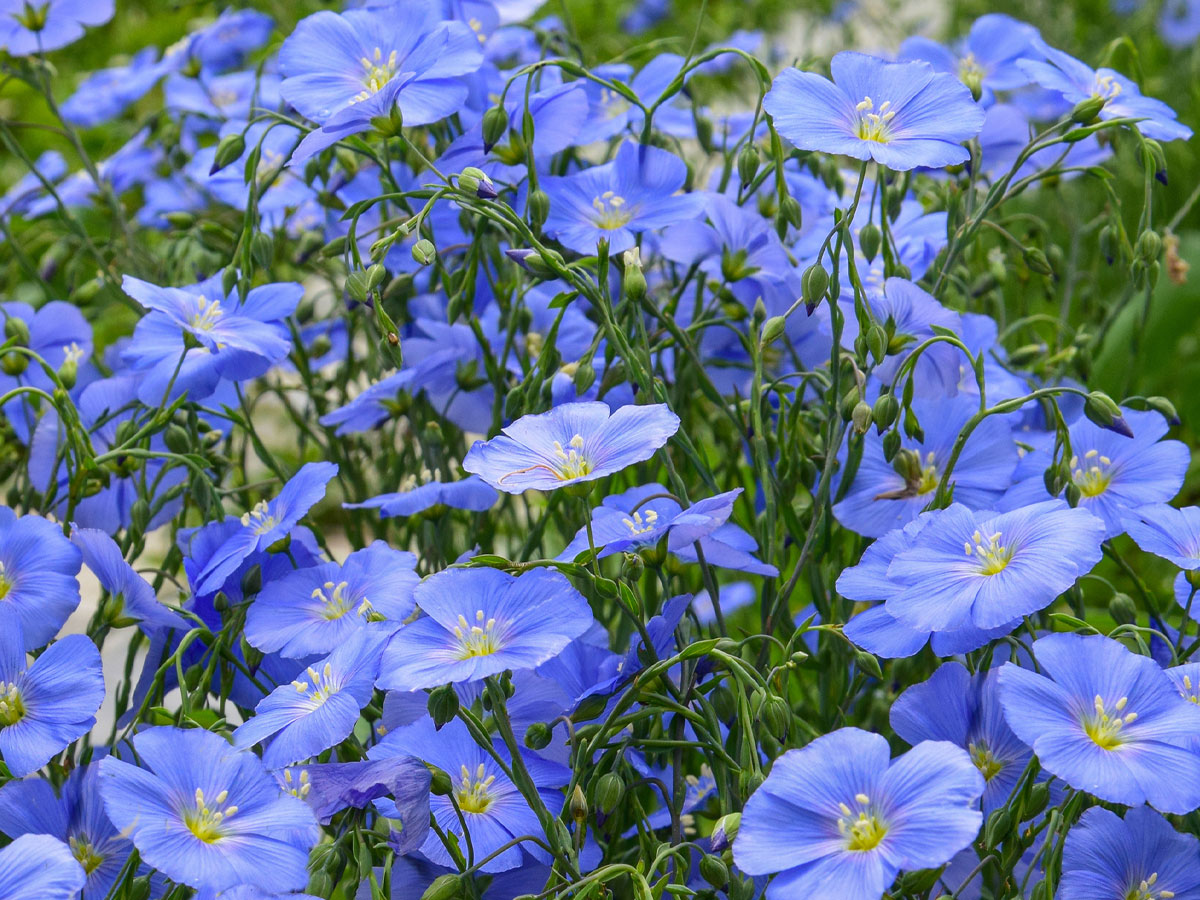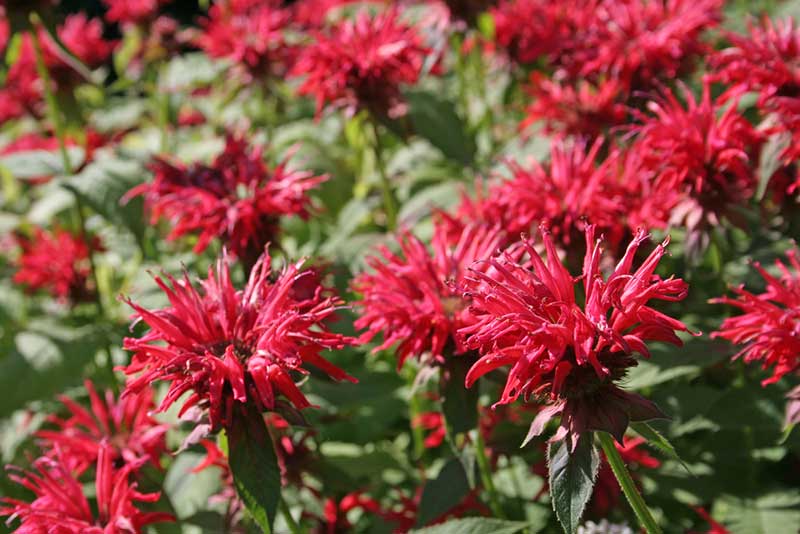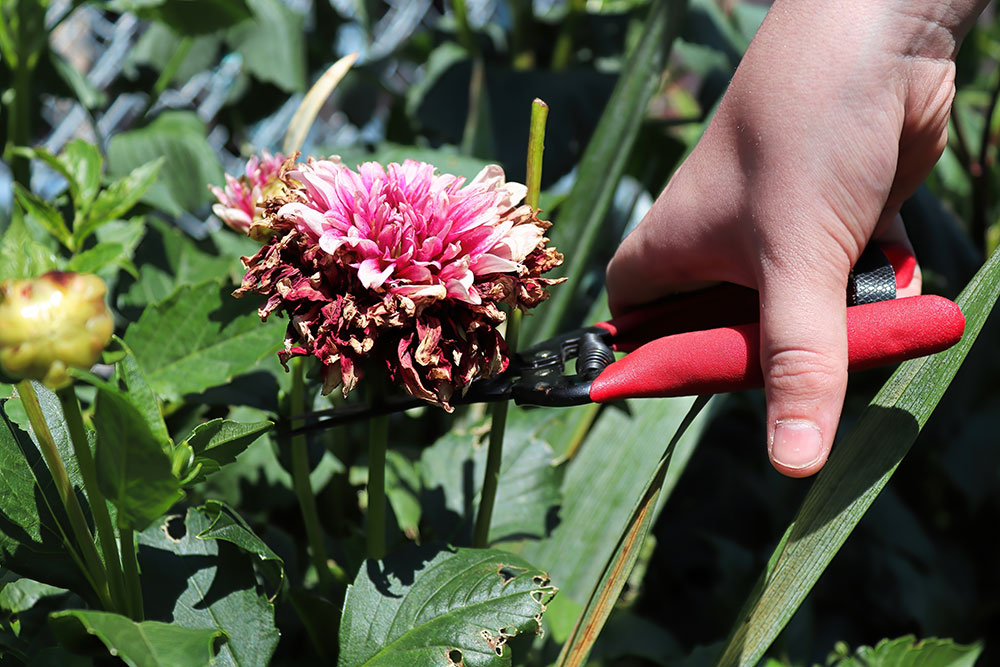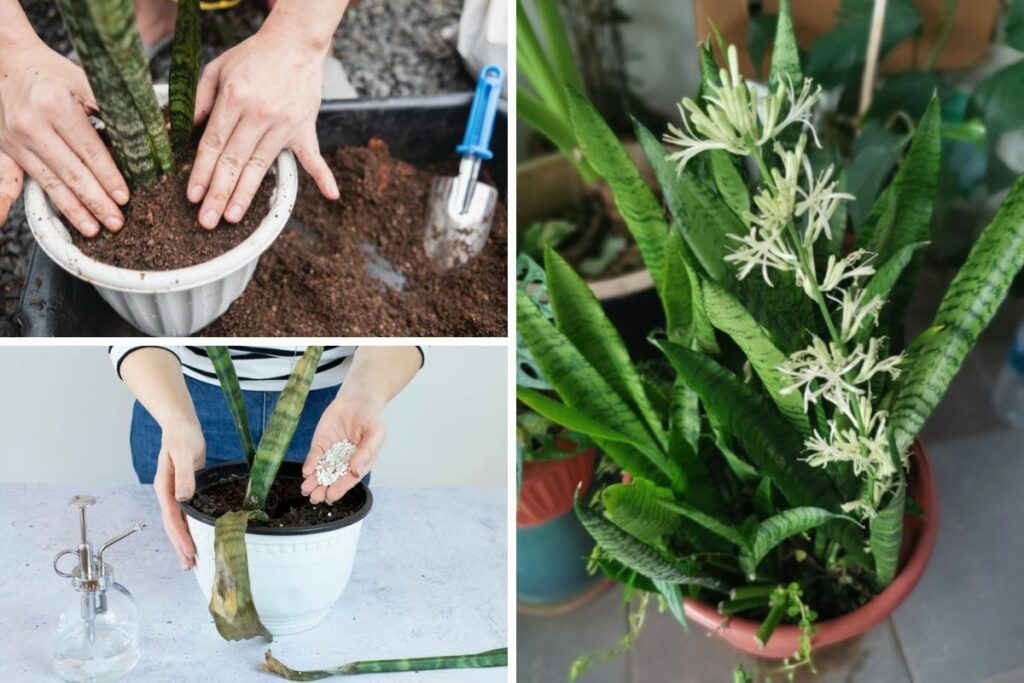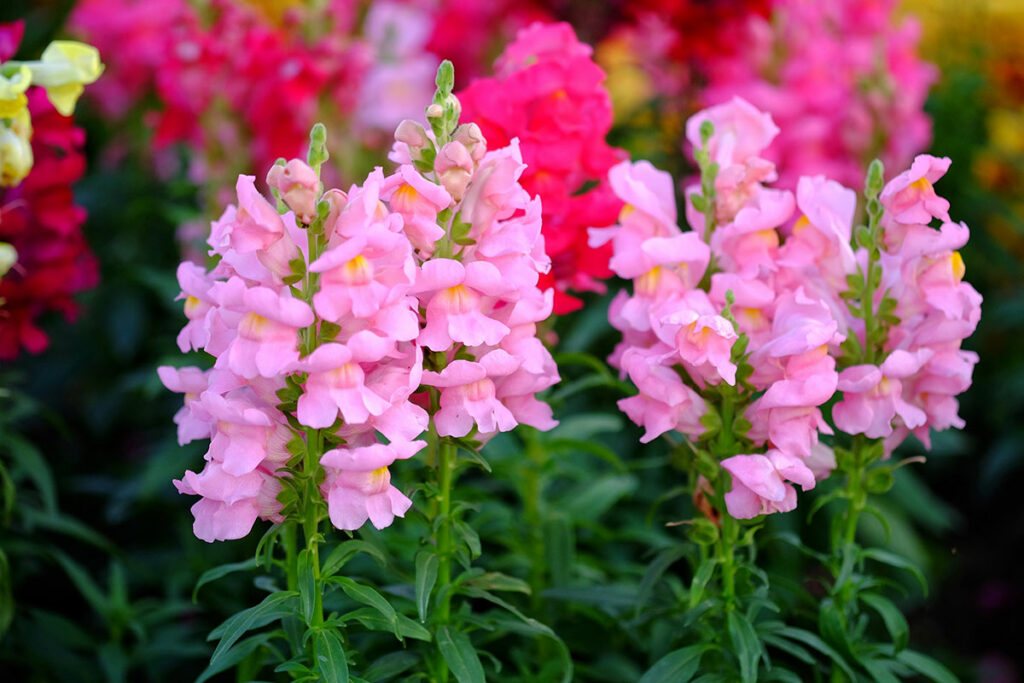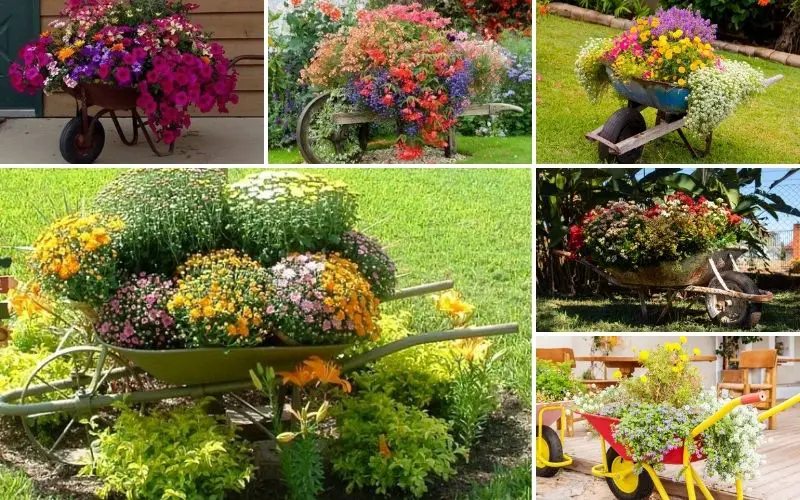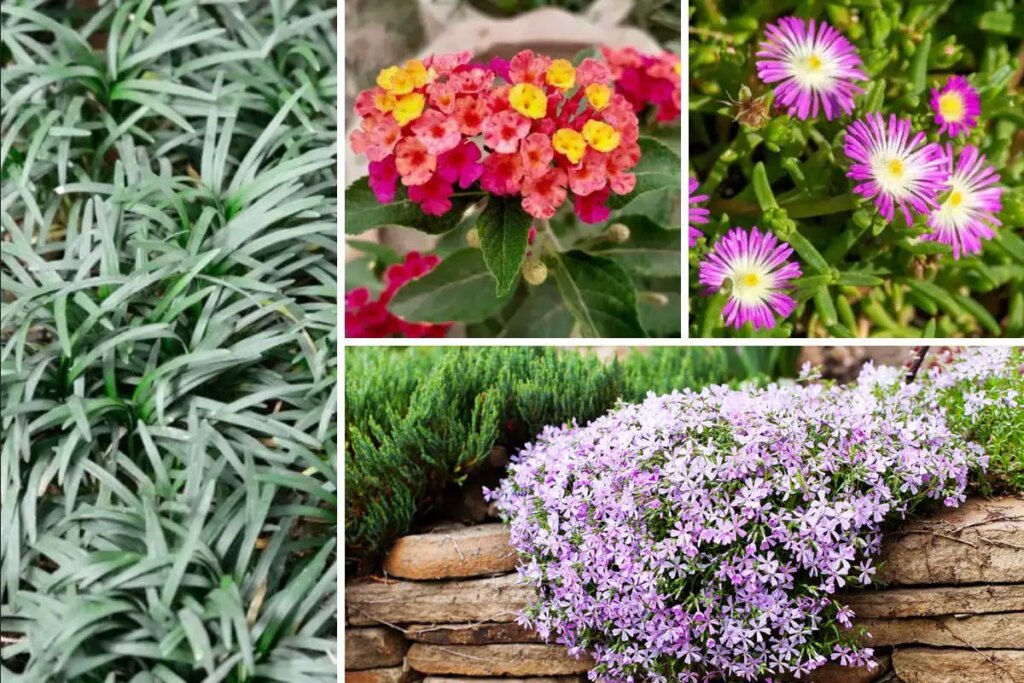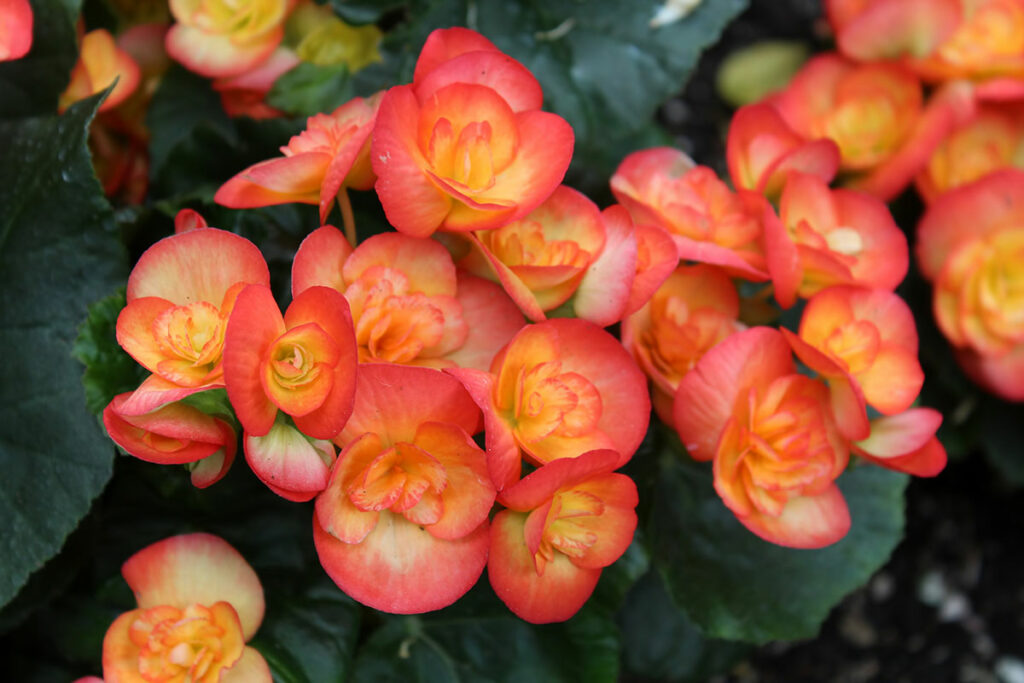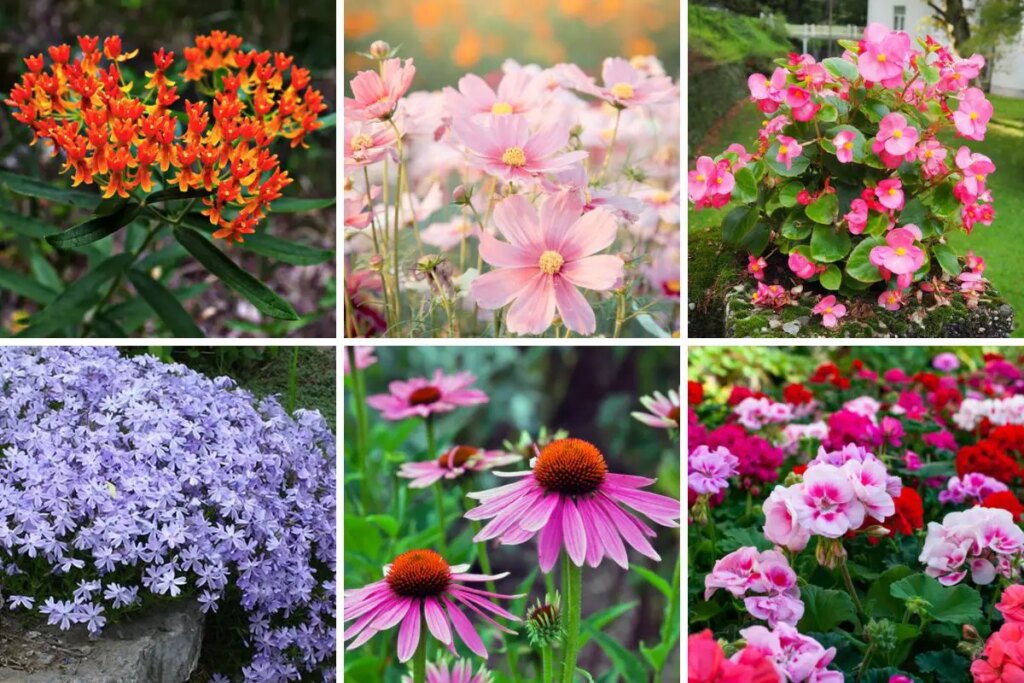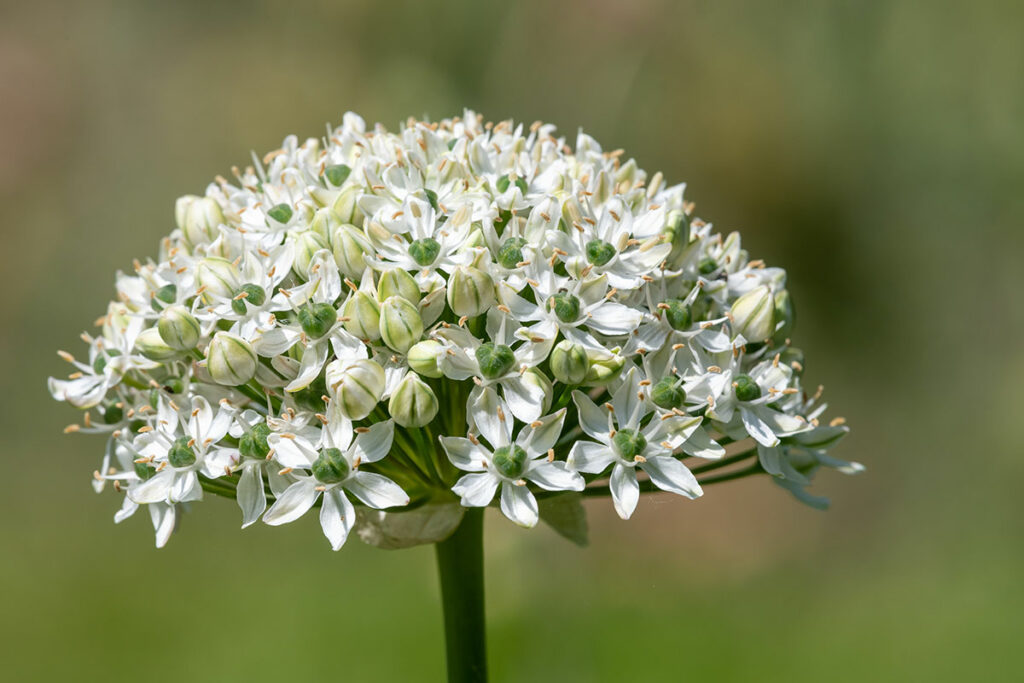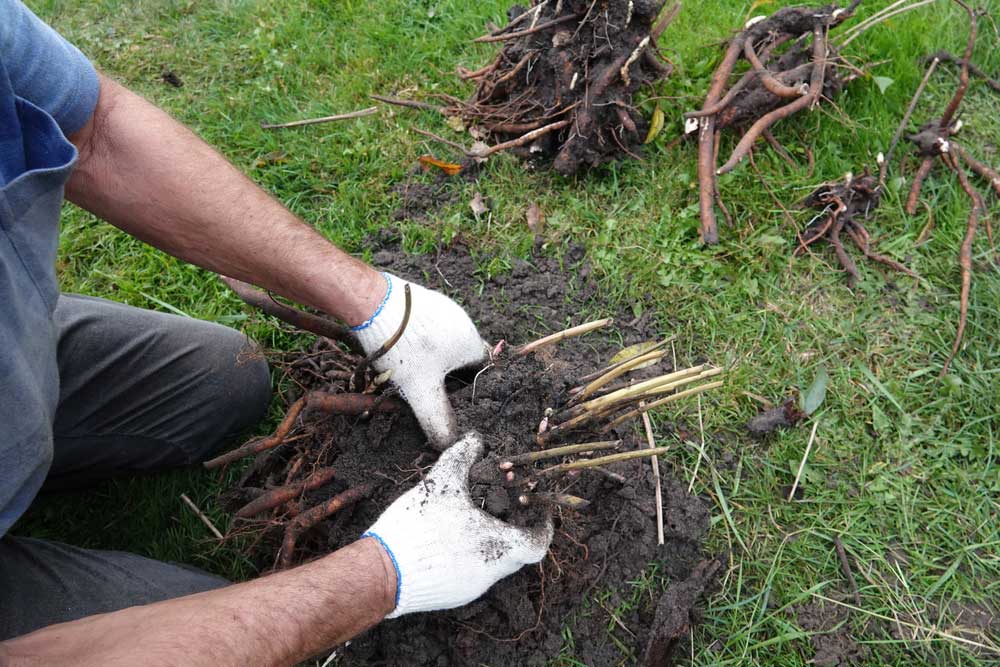
That gorgeous clump of hostas is looking a bit crowded, isn’t it? And those irises haven’t been blooming quite as profusely as they used to.
Your gardening instincts are telling you it’s time to divide, but hold on – you might be about to make a costly timing mistake that could set your perennials back by an entire growing season.
Here’s the thing about plant division: timing isn’t just important, it’s absolutely critical.
Get it wrong, and you’ll be wondering why your once-thriving perennials are sulking, refusing to bloom, or worse – dying on you.
The secret lies in understanding when each plant naturally focuses its energy on root development versus flower production.
Most gardeners think spring is the universal “go time” for all garden tasks, including division. You can almost hear the collective sigh of relief when those first warm days arrive – finally, time to get our hands dirty!
But this one-size-fits-all approach to plant division is where things go sideways.
The golden rule? Divide plants during their opposite season from when they bloom.
Fall bloomers get divided in spring when they’re channeling energy into root growth, and spring bloomers get divided in fall when they’re doing the same thing.
Break this rule, and you’ll interrupt their blooming cycle right when they need all their energy focused on flower production.
Let’s dive into the specifics, because getting this right means the difference between thriving perennials and disappointing duds.
5 Perennials That LOVE Spring Division
These fall-blooming beauties are practically begging to be divided in spring when their energy is focused underground rather than on flower production.
1. New England Aster (Symphyotrichum novae-angliae)
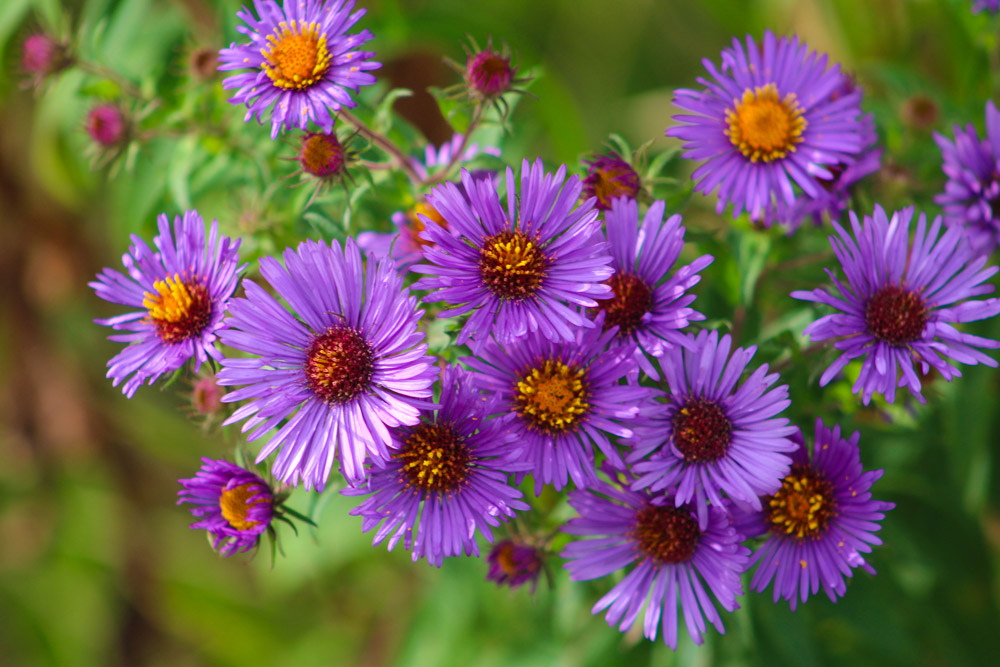
Your New England asters bloom their hearts out in fall, which means spring is their perfect division window. You’ll want to tackle this task just as new growth starts emerging—typically late March to early April in most zones. These spreading perennials can get quite aggressive if left to their own devices, so division every 3-4 years keeps them in check while giving you plenty of new plants to spread around your garden.
The key with asters is catching them early in spring before they put too much energy into top growth. Once you see those first green shoots poking through the soil, you’re in the sweet spot. Dig up the entire clump and you’ll find a network of rhizomes that practically divide themselves—just pull apart sections that have both roots and shoots, and you’re golden.
2. Garden Mums (Chrysanthemum × morifolium)
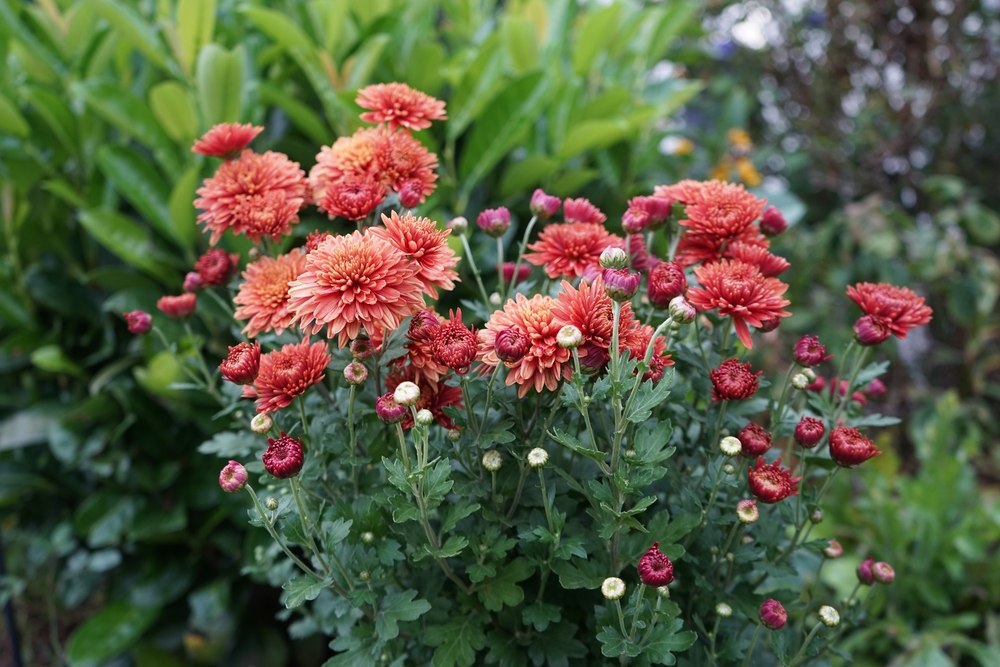
Hardy mums are fall superstars, but spring is when they want to be divided. Here’s what most gardeners get wrong: they wait until fall when the mums are gearing up for their big show. Bad move! Spring division gives these plants the entire growing season to establish strong root systems before they need to channel energy into those spectacular autumn blooms.
Plan to divide your mums every 2-3 years in early spring, just as new growth appears. The plants will look like nothing more than green stubs emerging from the ground, but that’s exactly what you want.
Each division should have both roots and several growing points. These divisions might look pathetic now, but by fall, you’ll have full, bushy plants ready to put on their annual color extravaganza.
3. Fall-Blooming Sedum (Sedum spectabile or Hylotelephium spectabile)
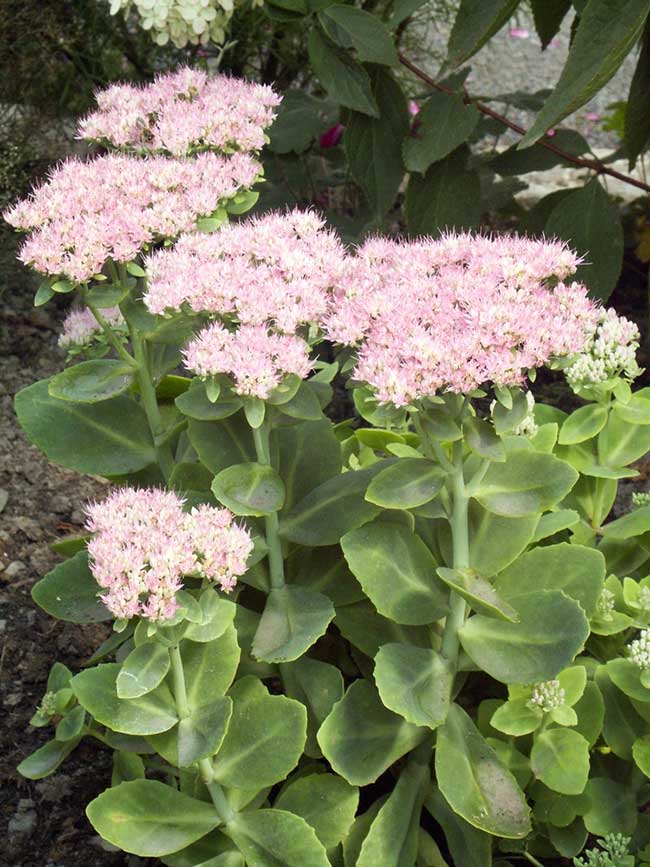
Those thick, succulent stems of fall sedums are deceptive – they make the plants look tough as nails, but timing their division wrong will stress them significantly. Since these beauties save their showstopping pink or white flower clusters for late summer and fall, spring is when they’re focused on root development.
Divide your sedums in late spring, around May, when new growth is well established but before the summer heat kicks in. The fleshy roots are surprisingly delicate, so handle with care. Each division needs a good chunk of the root system along with several stems.
Don’t be alarmed if the divisions look a bit sad initially – sedums are remarkably resilient once their roots get established.
4. Japanese Anemone (Anemone hupehensis or Anemone × hybrida)
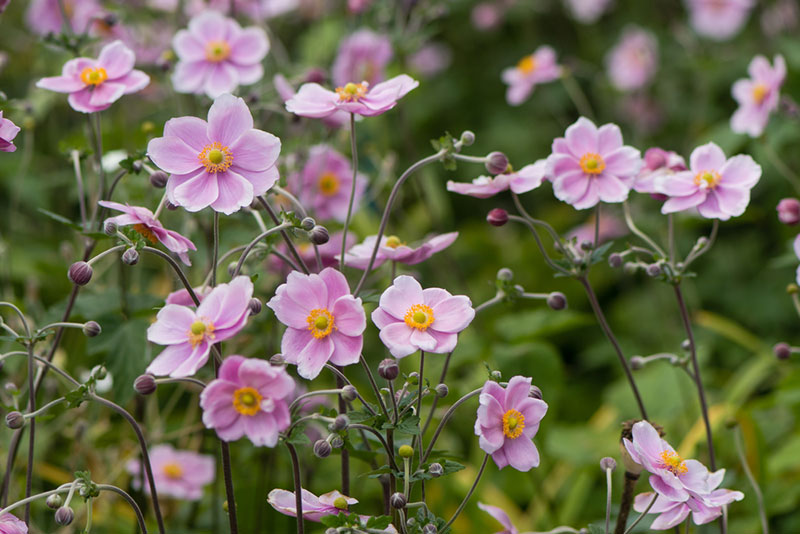
These elegant fall bloomers are notorious for being fussy about disturbance, which is exactly why timing their division correctly is so crucial. Japanese anemones bloom from late summer through fall, making spring their ideal division window. But here’s the catch—they really prefer to be left alone unless they’re genuinely overcrowded.
When you do need to divide them (usually every 4-5 years), tackle the job in early spring before new growth gets too established. These plants spread by underground rhizomes, so you’ll be dealing with a network of roots that can extend quite far from the parent plant. Dig carefully and expect each division to take a full season to settle in—don’t panic if they seem sluggish the first year after division.
5. Hardy Hibiscus (Hibiscus moscheutos)
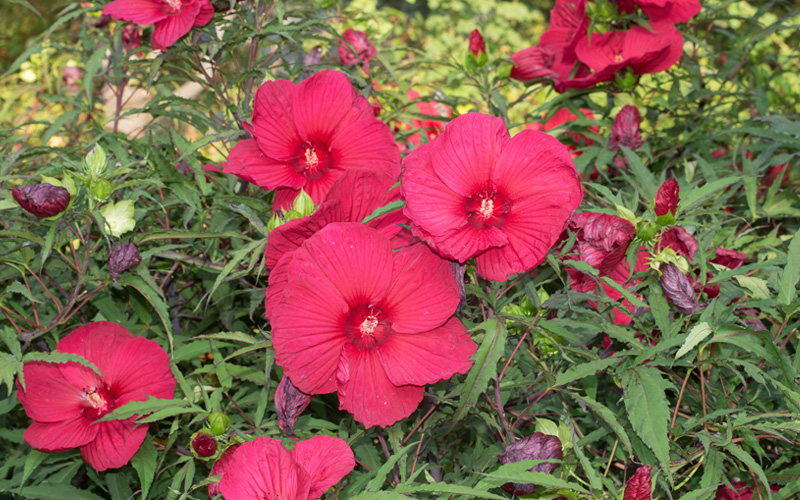
Those dinner-plate-sized blooms of hardy hibiscus are summer to early fall showstoppers, which puts their division timing squarely in spring.
These plants emerge late in spring-sometimes so late you’ll wonder if they survived the winter-but once they get going, they’re powerhouse bloomers.
Spring division works best for hibiscus because it gives them the maximum time to establish before they need to support those enormous flowers. Divide every 4-5 years when the clumps become congested.
The key is patience—wait until you see definite new growth emerging from the base before attempting division. Each section needs substantial roots and at least one growing point.
5 Perennials That DEMAND Fall Division Only
These spring and early summer bloomers have specific biological reasons for needing fall division.
1. Peonies (Paeonia spp.)
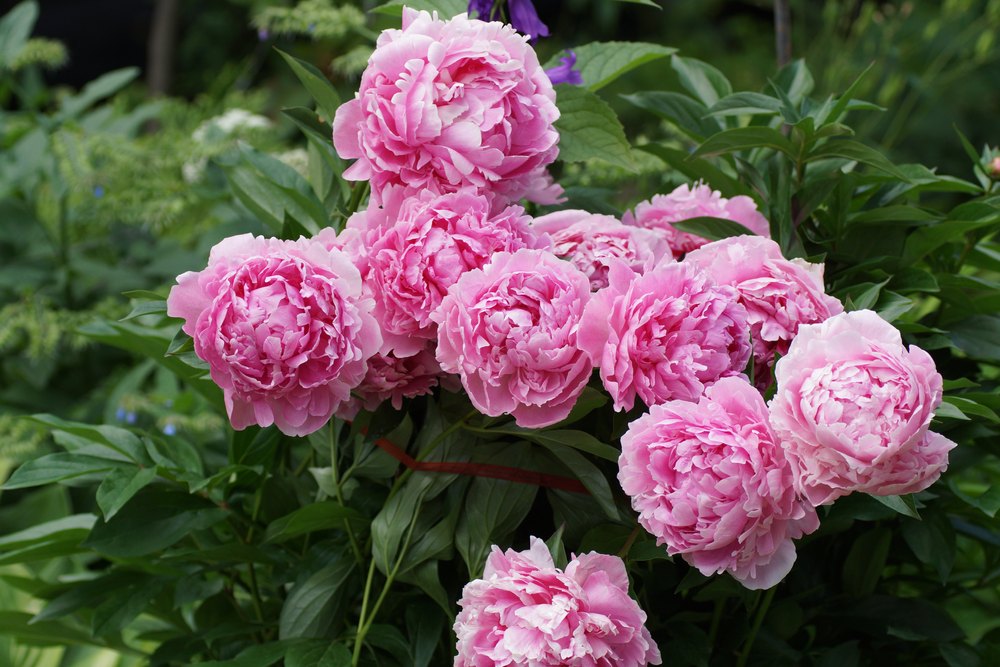
This is the big one-the perennial that will absolutely punish you for spring division. Peonies are spring bloomers that require fall division, period.
Why? Because they start developing their flower buds for next year immediately after blooming ends.
Divide them in spring, and you’re destroying an entire year’s worth of bud development.
Fall division (September to early October) allows peonies to focus on root establishment while their energy stores are high.
You’ll see those characteristic red “eyes” (buds) at the base of the plant-these are next year’s stems and flowers. Each division needs at least 3-5 eyes to ensure good blooming. Spring-divided peonies often take 2-3 years to bloom again, while fall-divided ones typically bloom the following spring.
2. Bearded Iris (Iris germanica)

Bearded irises are classic spring bloomers that absolutely require fall division, specifically late summer (July-August).
Here’s why this timing is non-negotiable: irises go semi-dormant during the summer heat, making it the ideal time to disturb their rhizomes without shocking them into dormancy when they should be actively growing.
Spring division of bearded iris often results in no blooms the following season because you’re interrupting their natural cycle right when they should be preparing for their spring show.
Late summer division gives them time to establish roots and set flower buds for the next spring. The rhizomes should be firm and healthy, with each division containing at least one fan of leaves and a portion of rhizome.
3. Astilbe (Astilbe spp.)

These feathery-plumed beauties bloom in late spring to early summer, making fall their preferred division time.
Astilbes have fibrous root systems that benefit from fall division because it allows them to establish slowly through winter’s cooler weather.
Spring division can work for astilbes, but fall is superior because the plants have finished their blooming cycle and are preparing for dormancy.
The crowns tend to get woody as they age, so division every 3-4 years keeps them vigorous.
Fall-divided astilbes settle in gradually and emerge stronger the following spring, while spring-divided plants often struggle through their first summer.
4. Coral Bells (Heuchera spp.)
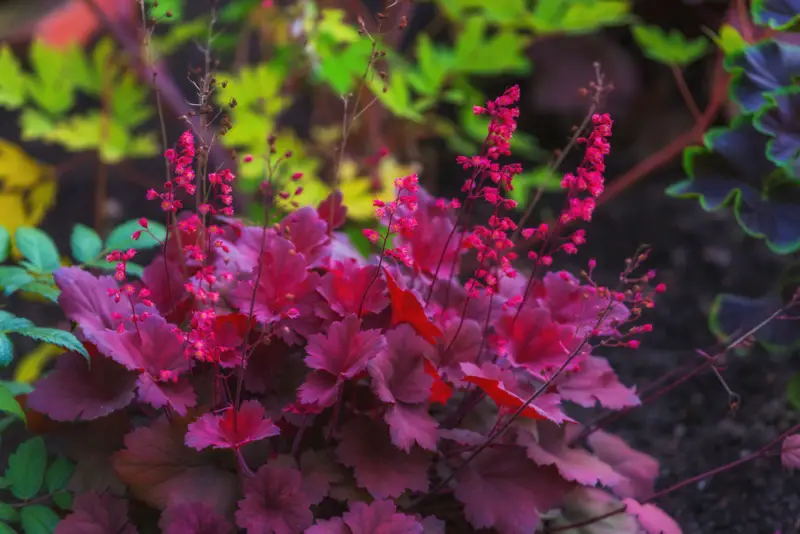
Coral bells are spring bloomers with delicate flower spikes that rise above their colorful foliage. While they’re often grown more for their leaves than flowers, the timing principle still applies-fall division gives better results than spring.
These plants develop woody crowns that gradually rise above soil level, making regular division necessary for plant health. Fall division allows the separated crowns to develop roots slowly through winter.
Each division should include both roots and growing points. Spring division often results in struggling plants that take longer to establish, especially in warmer climates where summer heat arrives quickly.
5. Bleeding Heart (Dicentra spectabilis)
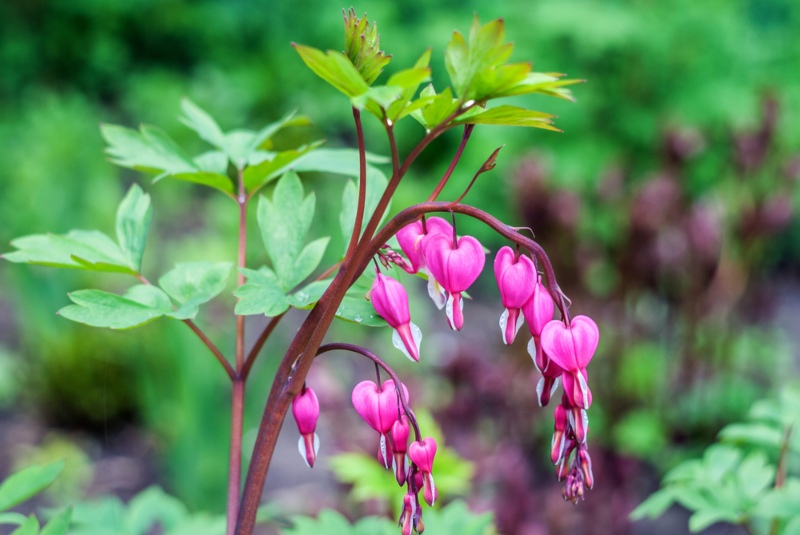
Classic bleeding hearts are quintessential spring bloomers with heart-shaped flowers dangling from arched stems. Their division timing is critical because they have a specific growth pattern—they bloom in spring, then go dormant by midsummer in hot climates.
Fall division should be done early (September) while there’s still some foliage present to indicate where the crowns are located.
Once these plants go dormant, they’re nearly impossible to locate underground. Spring division disrupts their bloom cycle and can stress the plants significantly.
The key is finding that sweet spot in early fall when the plants are still visible but finished with their growing season.
| Plant Name | Bloom Time | Divide When | Frequency | Key Notes |
|---|---|---|---|---|
| 🌸 SPRING DIVISION (Fall-Blooming Perennials) | ||||
| New England Aster Symphyotrichum novae-angliae |
Fall | Late March – Early April | Every 3-4 years | Divide as new growth emerges. Spreads aggressively. |
| Garden Mums Chrysanthemum × morifolium |
Fall | Early Spring | Every 2-3 years | Needs full growing season to establish before fall show. |
| Fall-Blooming Sedum Sedum spectabile |
Late Summer-Fall | May | Every 3-4 years | Handle fleshy roots carefully. Slow to establish. |
| Japanese Anemone Anemone × hybrida |
Late Summer-Fall | Early Spring | Every 4-5 years | Dislikes disturbance. Takes full season to settle. |
| Hardy Hibiscus Hibiscus moscheutos |
Summer-Early Fall | Spring | Every 4-5 years | Wait for definite new growth. Emerges late in spring. |
| 🍂 FALL DIVISION ONLY (Spring/Summer-Blooming Perennials) | ||||
| Peonies Paeonia spp. |
Spring | September – Early October | Every 10+ years | CRITICAL: Spring division destroys flower buds. Each division needs 3-5 eyes. |
| Bearded Iris Iris germanica |
Spring | July – August | Every 3-4 years | Semi-dormant in summer heat. Spring division = no blooms next year. |
| Astilbe Astilbe spp. |
Late Spring-Early Summer | Fall | Every 3-4 years | Crowns get woody with age. Fall establishment preferred. |
| Coral Bells Heuchera spp. |
Spring | Fall | Every 3-4 years | Crowns rise above soil. Fall roots develop slowly through winter. |
| Bleeding Heart Dicentra spectabilis |
Spring | Early September | Every 4-5 years | Goes dormant by midsummer. Divide while still visible. |
Quick Rule: Divide plants during their “off-season” – Fall bloomers in spring, Spring bloomers in fall

